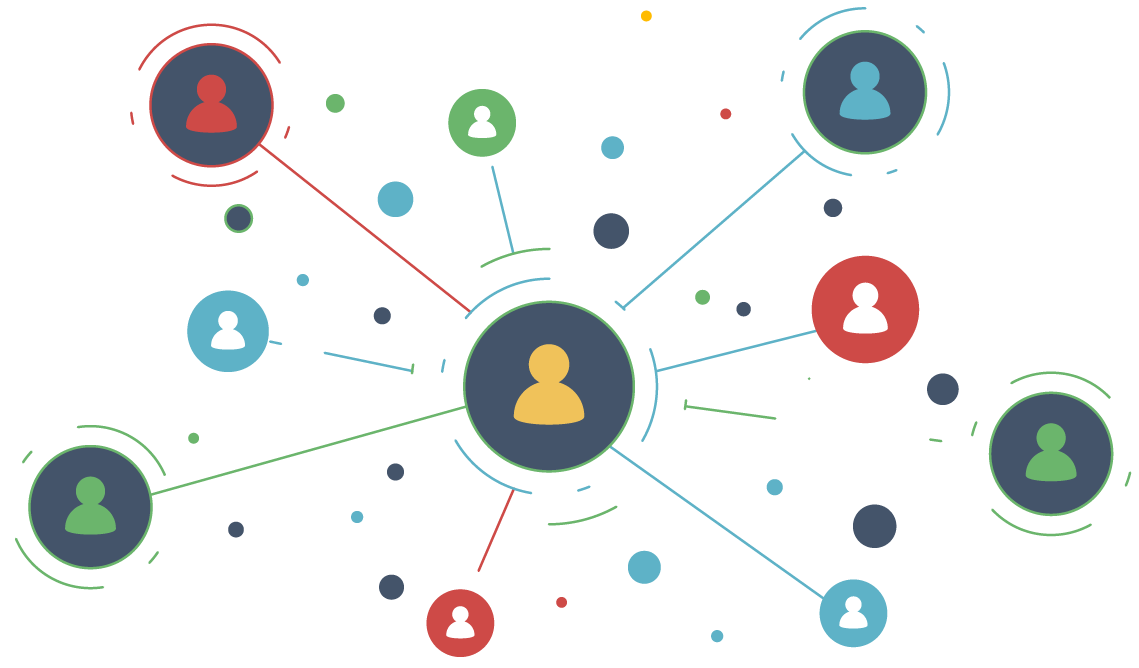
A segment is a group of consumers who are relatively similar to one another in terms of a relevant definition of consumer behavior and who demonstrate markedly different behavior from other segments. Both aspects must be true.
Our approach is quantified and highly practical for marketers seeking to communicate differentially with target segments.
Segmentation
Our approach to market segmentation is unique and powerful. We recognize the insight offered by psychographic segmentation but find that in practice its usefulness is limited by an inability to identify and selectively communicate with and activate segments.
This is to say, while you can craft a unique message based only on psychographics, marketers face a fundamental challenge in being able to send a targeted message to one segment. Most resort to broadcast communications in the hope that their target hears the message. However, this is a highly inefficient approach to consumer communications.
Therefore, we identify practical consumer descriptors which proxy deeper drivers of behavior, thus allowing us to segment and quantify markets in ways which are useful for targeting spend and efficient for driving growth.
Identify the definition of behavior: Is it new trial? Increase usage per occasion? Regain lapsed users? Each requires a different lens on the market, giving a competitive advantage relative to competitors.
Segment the market on the basis of the highest priority definition of behavior.
Measure behavior at a segment level, identifying proxies for behavior which both show significant differences across segments and are also highly practical for selective communication by segment.
Map and quantify the whole market by segment, situating target segments in a broader context.
Facilitate strategy discussions about targeting and how to win with chosen segments

